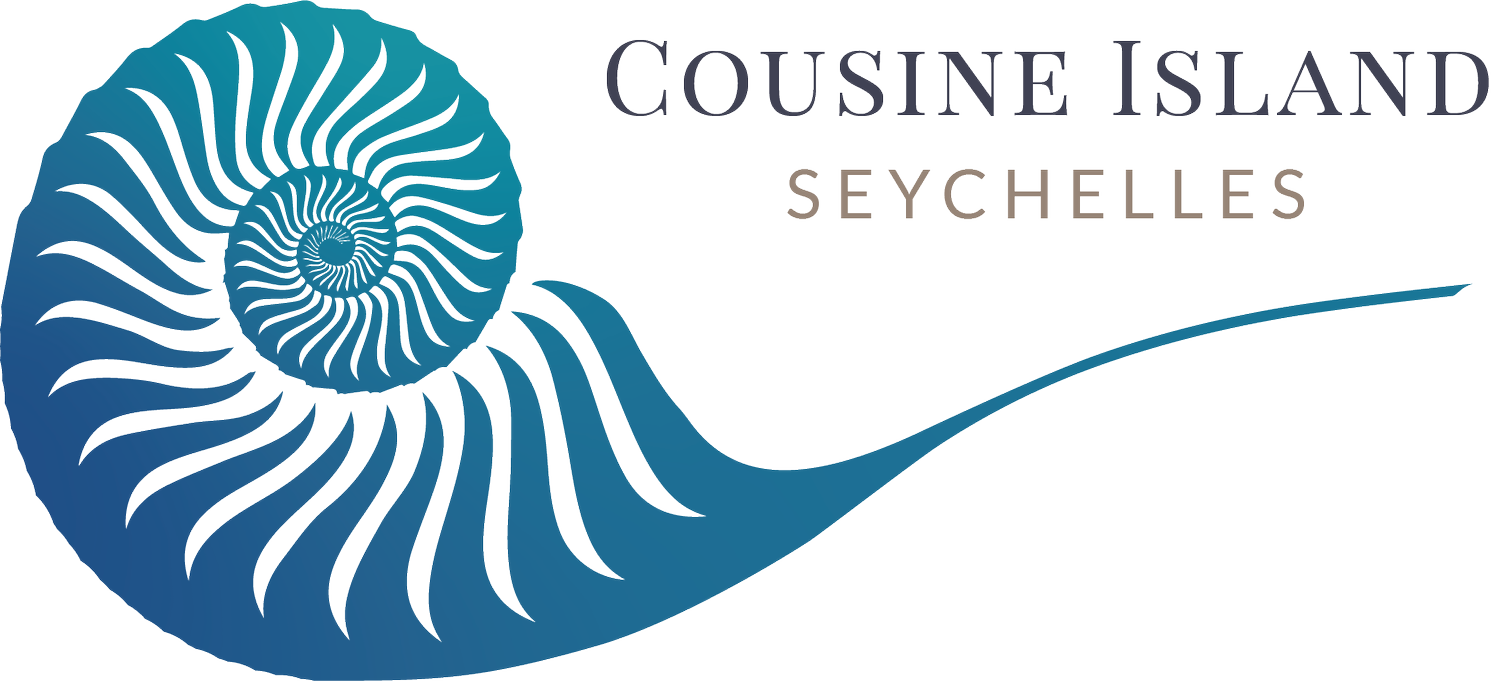Swimming with Gentle Giants: Whale Shark Season at Cousine Island
Imagine gliding through warm, crystal blue waters, the sun painting dappled patterns over the ocean floor. Out of the blue, a spotted giant appears, serene, unhurried and truly magnificent. Meet the whale shark, or “sagren”, as Seychellois fishermen call it, the world’s largest fish.
These gentle giants can grow up to 12 m long and weigh as much as 20 tonnes, yet their meals consist only of plankton and tiny fish filtered through their cavernous mouths. Their docile nature means snorkelers can swim alongside them without fear – an encounter that humbles even seasoned travellers.
Between September and November, the flow of warm currents and plankton blooms draws whale sharks to the Seychelles.
They appear when the ocean is rich in microscopic food, and then vanish again as mysteriously as they arrived. Around Cousine Island, sightings are rare enough to feel like a gift; a handful of individuals have been recorded in recent years.
Should you be fortunate enough to see one, remember that respect is paramount. Boats should linger at a distance of 10 metres, only a small group of swimmers (no more than ten) should be in the water, and the encounter should last no longer than 90 minutes. Let the shark set the pace; do not touch it, block its path, or attempt to ride it.
These guidelines, issued by the Seychelles Parks and Gardens Authority, ensure that your awe does not come at the animal’s expense.
Even when the whale sharks have moved on, Cousine Island offers a timeless sense of seclusion.
This private sanctuary is a place where wildlife and luxury coexist. Paths through native vegetation lead to powder‑soft beaches, and the sea teems with parrotfish and turtles. Guests can join turtle patrols to witness nesting and hatchlings at dawn, plant endemic saplings during guided nature walks or paddle silently across azure waters.
While whale sharks peak in early spring, the end‑of‑year festive season holds its own magic on Cousine. December is hawksbill turtle nesting season; moonlit nights bring females ashore, and by January, hatchlings scurry towards the sea. Christmas dinners are served on starlit terraces, New Year’s toasts are made with the sound of surf in the background, and lazy afternoons melt into sunset massages. By arriving in late October or early November, you may catch the tail end of whale shark season and then settle in for a festive escape, embracing both marine wonder and holiday indulgence.
Ultimately, travelling to Cousine Island during whale shark season is about more than ticking a species off your list.
It’s about surrendering to the rhythm of the ocean, understanding that these gentle giants are harbingers of a healthy sea, and knowing that your presence supports an island committed to conservation. The experience lingers long after the sharks have vanished – in the stories you’ll share and the renewed respect you’ll carry for the wild places that still exist. When you’re ready to answer the call of the sea, Cousine Island is waiting.
Cousine’s private villas are designed to blur the boundaries between indoors and out, with panoramic views, private pools and discreet service. Should you wish to linger, the island’s long‑stay packages reward unhurried travellers with generous savings. To find the package that suits you, visit our packages page and indulge in poor luxury.






